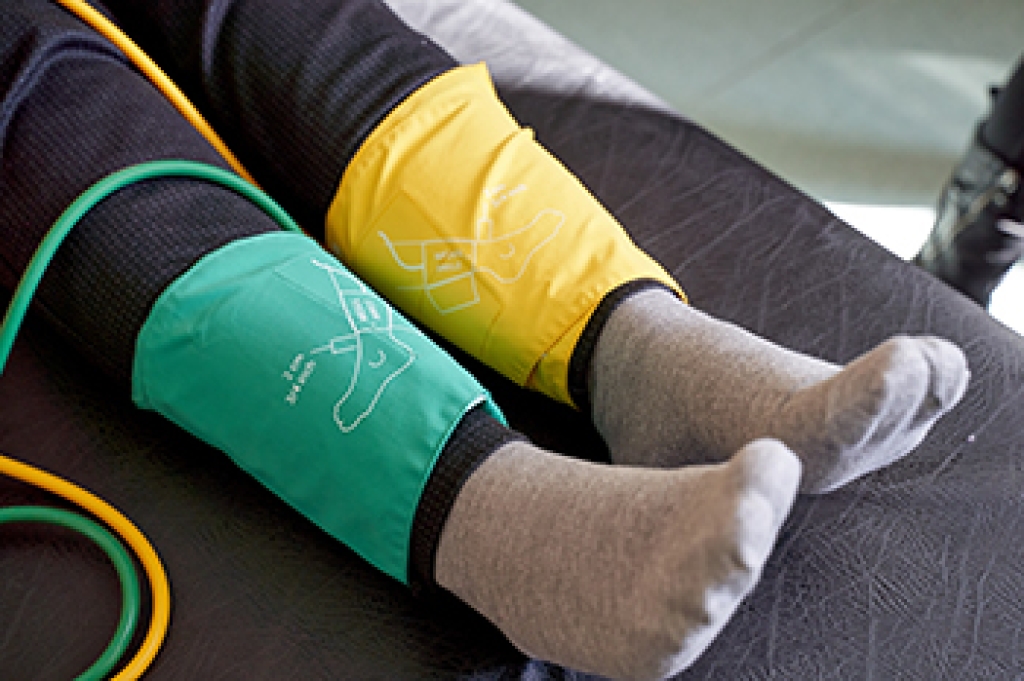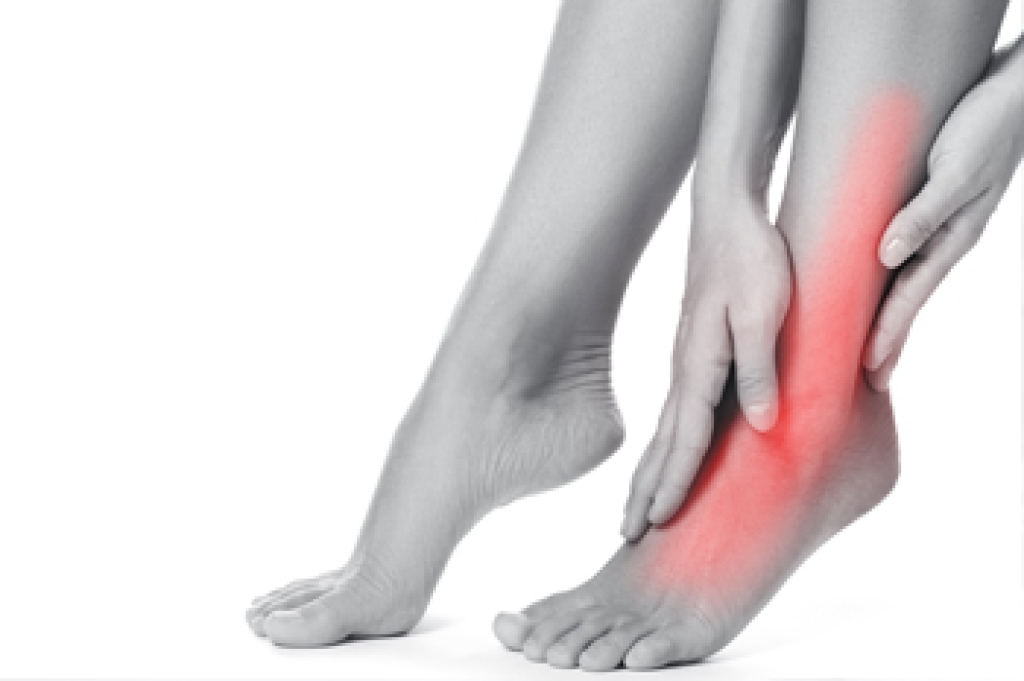
Standing on your feet for extended periods of time, common in various professions, can detrimentally impact health. Foot problems like plantar fasciitis, bunions, and flat feet often arise, leading to discomfort and reduced mobility. Additionally, lower back and leg pain frequently accompany prolonged standing, as it strains muscles and joints. Cardiovascular issues, including varicose veins and deep vein thrombosis, may develop due to poor circulation caused by prolonged static posture. Workers may experience fatigue and general discomfort, affecting productivity and well-being. If you work in an environment requiring prolonged standing and have sore feet, it is suggested that you schedule an appointment with a podiatrist who is trained in diagnosing and treating foot-related problems. Treatment may include prescribing custom-made orthotics, specific foot exercises, and footwear recommendations. Additionally, podiatrists can provide guidance on ergonomic adjustments and lifestyle modifications to mitigate the adverse effects of prolonged standing, promoting overall health and comfort.
While working on the feet, it is important to take the proper care of them. For more information about working on your feet, contact Dr. Castillo from Bronx Foot Care. Our doctor will treat your foot and ankle needs.
Working on Your Feet
Standing on your feet for long periods of time can cause stress and pain in your feet. Your whole body may experience change in terms of posture, back pain, bunions, callouses and or plantar warts. There are ways to avoid these conditions with proper foot care, smart choices and correct posture.
Positive Changes
Negative heeled shoe – Choosing this shoe type places the heel slightly lower than the ball of the foot. These are great for overall foot health. Find shoes that fit you correctly.
Go barefoot – Our feet were not designed to be enclosed for all hours of the day. Try to periodically expose your feet to air.
Eliminate Pain
Foot Exercises – Performing simple exercises, incorporating yoga and doing stretches are beneficial. This will allow increased blood flow to the area and muscles of the foot.
Achilles tendon – Stretching the foot out flat on the floor will relax the calf muscles and tendon. These exercises can be performed almost anywhere. Make sure you add these exercises to your daily regimen.
With a little bit of this information and knowing more about foot health, you will notice changes. Foot stretches and proper footwear will help with pain and prevent further issues.
If you have any questions please feel free to contact our offices located in Bronx, NY Yonkers, NY . We offer the newest diagnostic and treatment technologies for all your foot and ankle needs.




